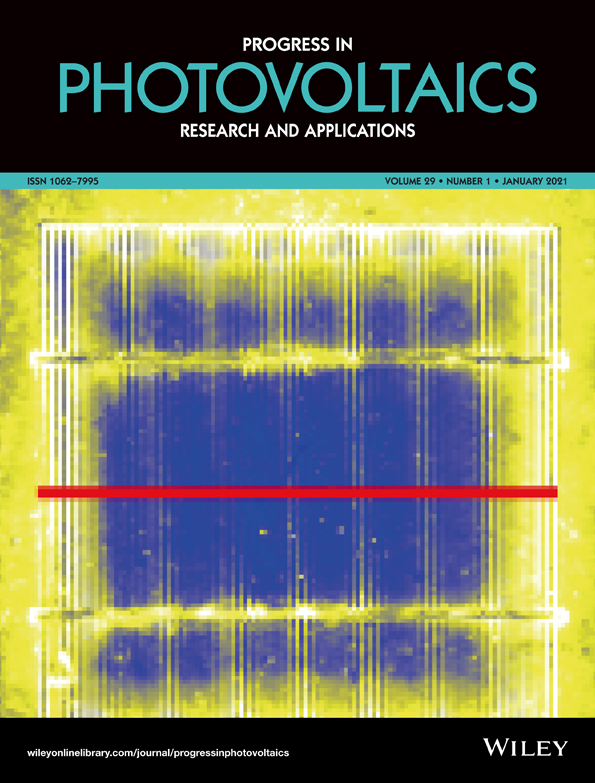Spatially resolved electrical modelling of cracks and other inhomogeneities in crystalline silicon solar cells
Abstract
We developed a fully scalable quasi-SPICE approach for electrical modelling of stress-induced inhomogeneities in crystalline silicon solar cells, based on damage detected by electroluminescence imaging. We present a model of active and inactive microcracks, highlight their effects on the current-voltage characteristic, and validate the model on a number of experimental cases. The generalisation of our model to a complexly damaged solar cell shows excellent agreement with the measurements, with only 0.12% estimation error of the power loss of the complexly damaged cell. The ability to accurately model fundamental stress induced inhomogeneities, and their effects on cell level is crucial to estimating long-term performance degradation and energy yield of installed photovoltaic modules throughout their lifetime. The developed scalable model paves a path to intricate, statistically supported modelling for power loss prediction and mitigation in solar cells, photovoltaic modules, and photovoltaic arrays caused by mechanically induced inhomogeneities.




